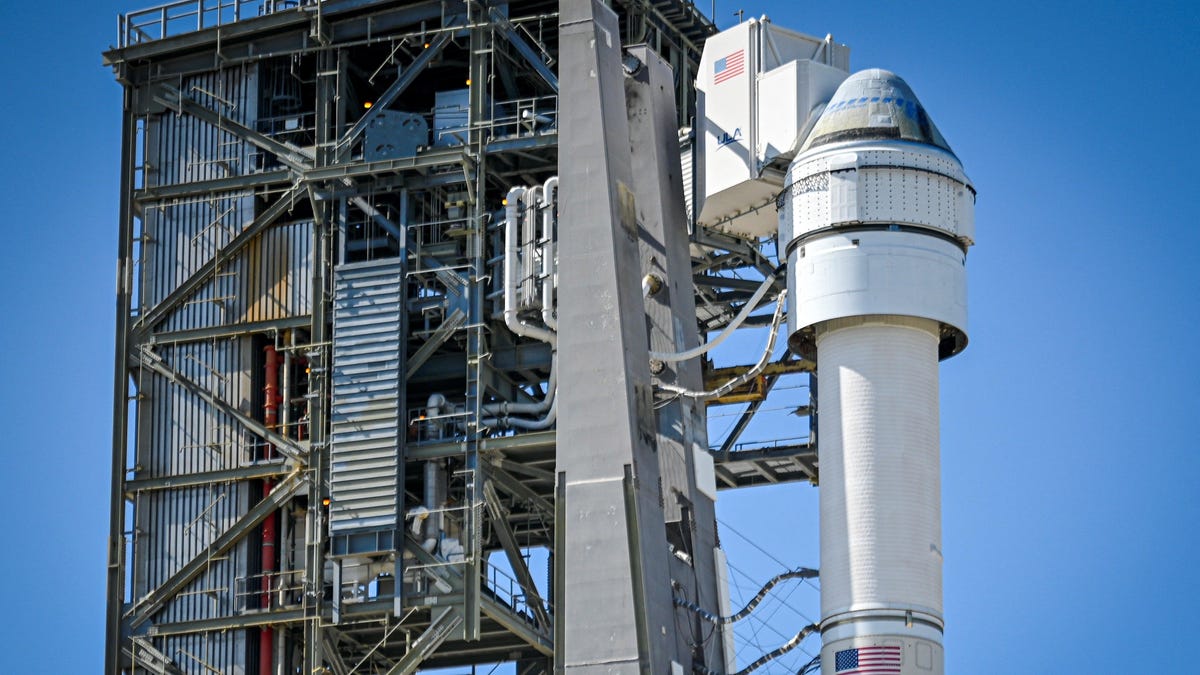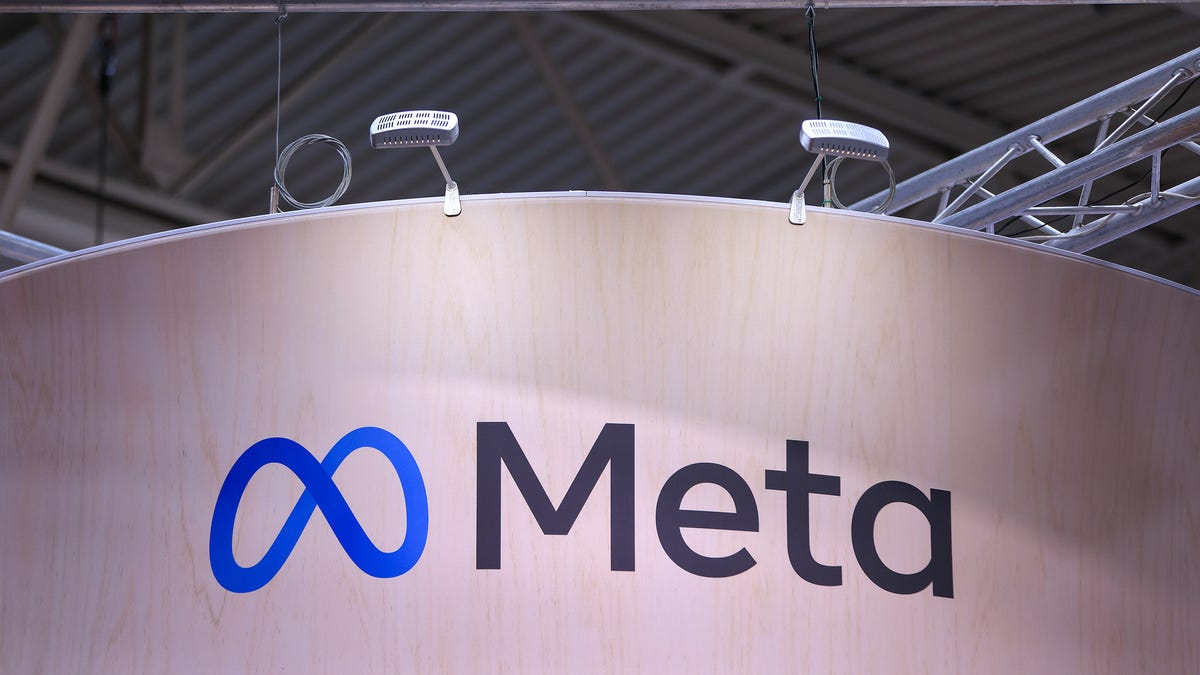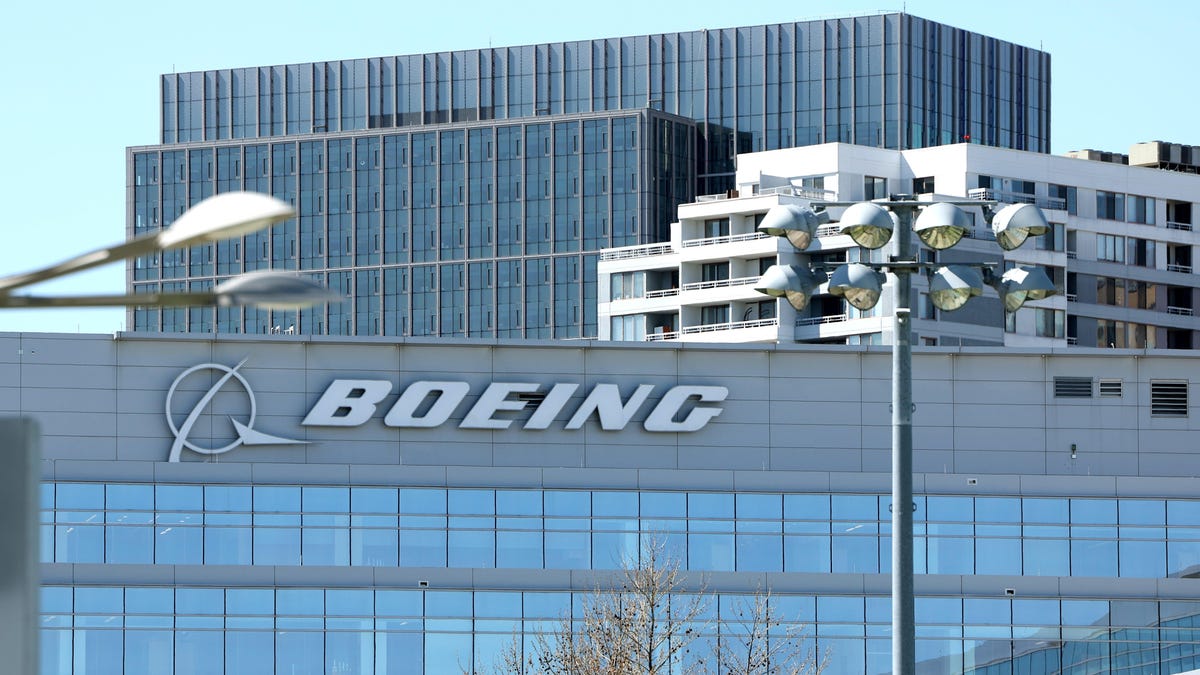The Downfall of Boeing in the US Manned Space Program
Back in 2014, the United States embarked on an internal space race that culminated in NASA selecting two American companies to transport astronauts to the International Space Station. Boeing, an established aerospace engineering firm, received $4.2 billion in federal funding for its Starliner system, while SpaceX, an upstart company, was granted $2.6 billion for its Dragon spacecraft.
Despite Boeing’s long history of aeronautics experience spanning over a century, the company lagged behind SpaceX in developing a crewed space vehicle. Starliner faced significant setbacks, with its first crewed flight preparation commencing four years after Dragon’s and exceeding the budget by $1.5 billion. This failure marked Boeing as the clear loser in the space race.
Challenges Faced by Boeing
A closer look into Boeing’s shortcomings revealed crucial missteps in adapting to the commercial crew program’s requirements. The company’s space division, accustomed to cost-plus contracts, struggled with delivering a spacecraft under a fixed-price agreement. Unlike the traditional model where costs were covered by billing the government, Boeing now faced the challenge of managing expenses within a set budget.
This shift proved problematic for Boeing, as it had to reallocate resources and closely monitor expenditures to remain profitable. The company’s inability to adjust to the new contract structure led to delays and cost overruns, hindering Starliner’s progress.
Boeing’s focus on profitability clashed with NASA’s expectations for timely deliverables under the fixed-price contract, highlighting the company’s struggle to adapt to the commercial crew program’s demands.
Developmental Issues within Boeing
Further investigation revealed internal inconsistencies within Boeing’s space division, notably its fragmented flight software teams. The ground systems software team based in Florida and the flight software team at Boeing’s Houston facilities operated independently, lacking collaboration and trust.
The disjointed approach to software development resulted in communication gaps and delays, impeding progress on the Starliner project. The lack of cohesion between the two teams underscored Boeing’s internal challenges in fostering a collaborative environment conducive to successful spacecraft development.
The disconnect between Boeing’s software teams hindered the Starliner project’s advancement, highlighting internal communication barriers and operational inefficiencies within the company.
Overall, Boeing’s failure in the US manned space program exemplifies the consequences of prioritizing profit over innovation and collaboration. The company’s inability to adapt to changing contract structures and internal dissonance ultimately led to its downfall in a competitive space industry.
Image/Photo credit: source url





